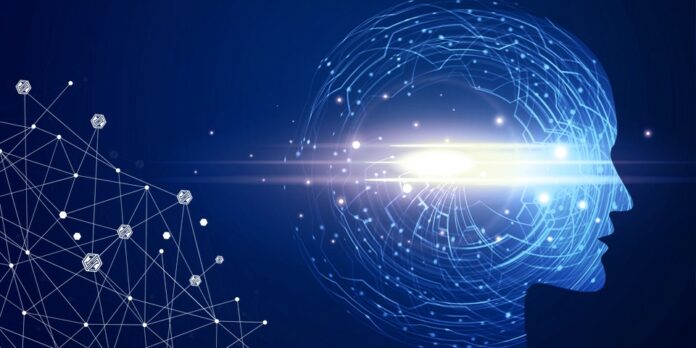AI translators are digital devices that use sophisticated artificial intelligence to translate not just the letters written and spoken, but also the message’s substance (and, on occasion, emotion). Compared to basic machine translation, this results in better accuracy and fewer misunderstandings.
Virtual assistants like Siri, as well as language learning programs like Duolingo and Rosetta Stone, employ language recognition technologies. This software uses voice recognition techniques to recognize spoken words. The sound is then analyzed to produce text.
Digital translators are constantly developing. As a result of the development of neural machine translation, or NMT, AI has progressed tremendously. This technology works exceptionally well because of its ability to handle massive amounts of data, allowing companies like Google to offer higher-quality results. There is wonderful news to report! As a result, you’ll have fewer awkward mistranslations.
When it comes to language learning, artificial intelligence has a lot of potentials. It has many major advantages, one of which is that it accelerates everything. Allowing your phone or tablet to complete particular tasks in class can help you learn more while giving you more time to focus on other things. Previously, you had to go through the tedious process of looking up a term in a dictionary.
System requirements for machine translation engines
To begin, a customized engine requires a foundation engine. Experienced translation companies have access to foundation engines that may assist you in designing the machine you wish to use for your translation.
These foundation engines are specialized to a single language pair and vertical, such as engineering marketing in English-to-Japanese or German-to-English.
A computer may be better trained to translate your work by combining these core engines with previously translated material from your business, learning your brand terminology, stylistic preferences, and more.
With constant maintenance, engines may continue to improve
The training process, however, does not end there. Your translation firm will monitor your engines over time to improve the quality of the output even further. After all, everyone makes mistakes, including robots.
On the other hand, working with a machine has the benefit of being consistent in its faults. As a consequence, after they’ve been fixed, your translation provider will be able to resolve the problem forever (ensuring the troublesome word choice doesn’t show up in your translation output).
A point of clarification
Certain raw machine translation outputs may be accepted without any modifications. This is based on your unique needs, quality specifications, and engine maturity level. However, for public-facing materials, it may not be sufficient.
Conclusion
While AI translation tools are great for self-study and in the classroom, the translations they produce frequently need to be double-checked by a person since they make obvious errors.
Follow and connect with us on Facebook, LinkedIn & Twitter

